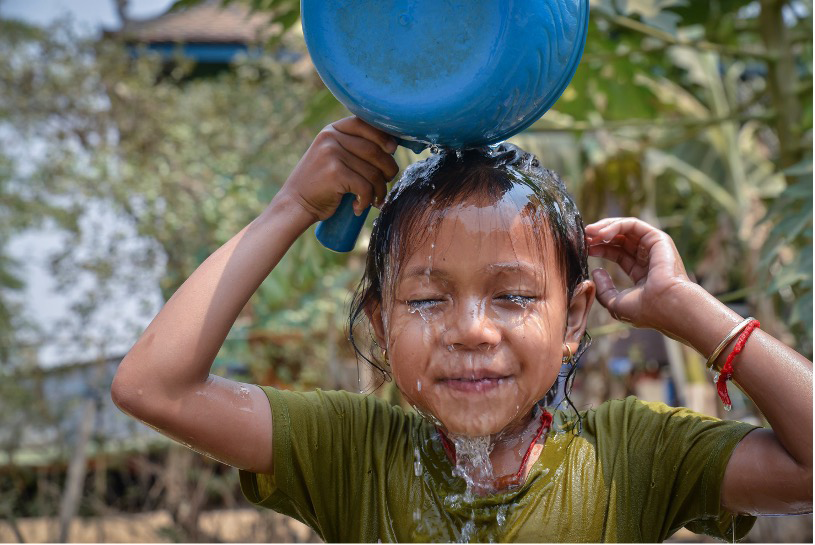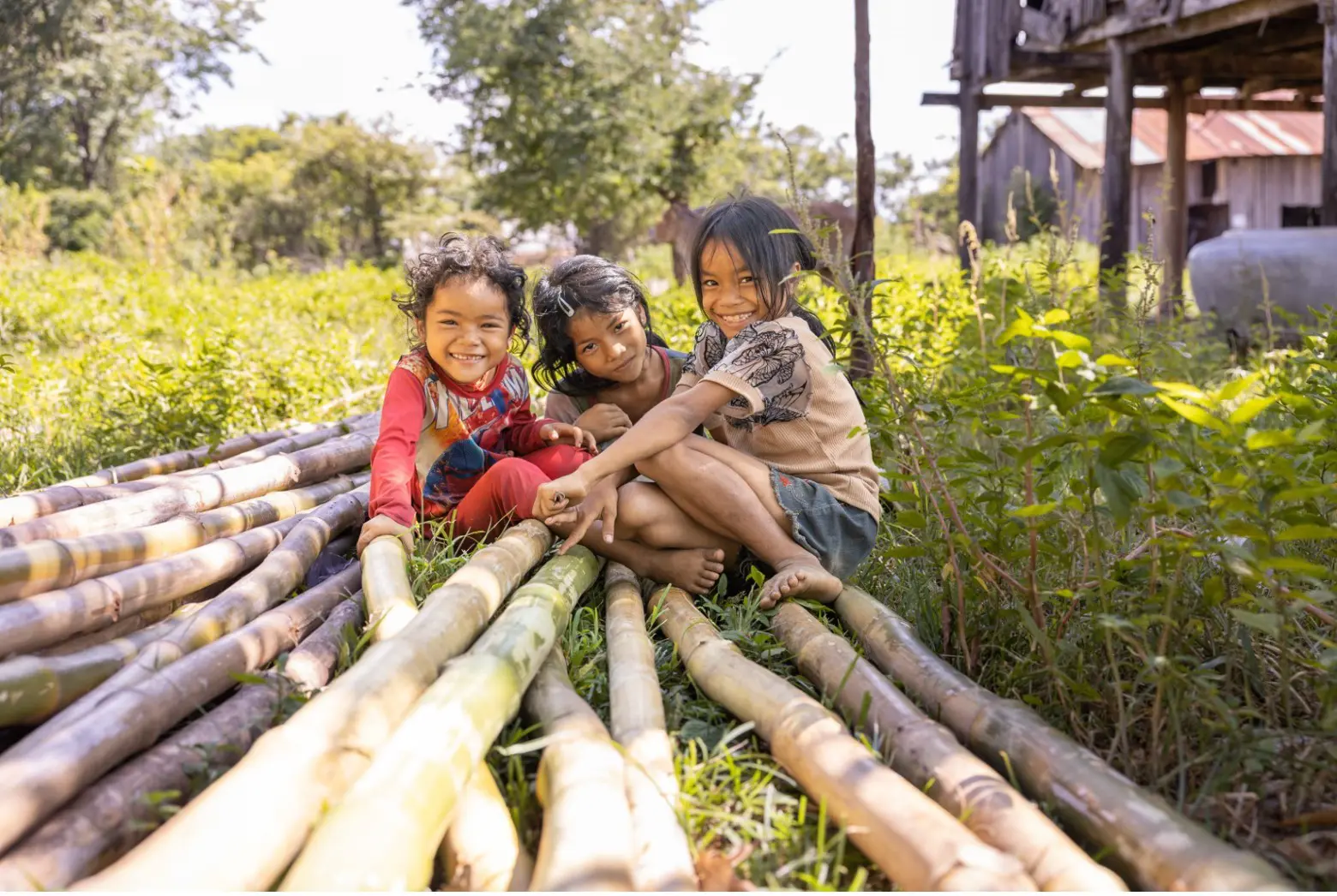Clarios Foundation and UNICEF: Building Healthier Futures for Children Worldwide

By Adam Muellerweiss, Chief Sustainability Officer at Clarios
The Clarios Foundation is powering progress for our world and taking bold steps to make our collective future brighter. By partnering with UNICEF USA, they are building a safer, healthier future for children by addressing increasing threats from environmental degradation and climate change. The Healthy Environments for Healthy Children program is just one example of how they are positively impacting the lives of children on a global scale.
Working Together to Provide Healthier Futures for Children
The Clarios Foundation invests its resources in specific projects and initiatives that complement our approach to philanthropy. Its three main focus areas are Children's Health and the Environment, Circular Economy Innovation and Entrepreneurship, and Sustainable Communities.
Children worldwide face a variety of environmental hazards, such as polluted air, soil, and water. Three hundred million children live in areas with toxic air (where toxicity levels are six or more times higher than international guidelines) and approximately 1 in 3 children worldwide have dangerously high blood lead levels. An estimated 26 percent of deaths in children under 5 years old can be prevented by addressing environmental risks.

Through the Healthy Environments for Healthy Children program, the Clarios Foundation works to address environmental concerns in 14 low-and-middle income countries—Azerbaijan, Bangladesh, Belize, Bhutan, Cambodia, Ecuador, Georgia, Ghana, India, Indonesia, Kazakhstan, Kyrgyzstan, Mongolia, and Vietnam — to help provide healthier childhoods and brighter futures.
Addressing Childhood Lead Poisoning in Georgia
Lead poisoning affects people of all ages, but children are particularly vulnerable, even low levels of lead exposure can result in developmental issues, learning and behavior problems, and a variety of other health issues in children. Children in Georgia have been particularly affected by lead poisoning. In 2018, UNICEF’s Multiple Indicator Custer Survey (MICS) showed that 41 percent of Georgian children had elevated blood lead levels—more than six times higher initially estimated.
With support from the Clarios Foundation, UNICEF opened a laboratory to conduct blood lead level (BLL) testing and analysis. Working with UNICEF, the Georgian Government developed and implemented a sustainable, long-term strategy to continue BLL assessment.
Over the last five years, Georgia has significantly upgraded its institutional capabilities, laboratory and surveillance capacity, front line services, regulatory action, enforcement and accountability mechanisms. Currently, the team is establishing a national lead surveillance system that will benefit an estimated 930,000 children. Initial results are showing a significant decline in blood lead levels among children in previously affected areas. With support from the Clarios Foundation, UNICEF is expanding the Healthy Environments for Healthy Children program to help even more children.
Continuing Success

To date, the Clarios Foundation partnership has enabled UNICEF to reach more than 1.5 million caregivers with awareness programs on environmental threats affecting children and how to protect them; provide education and training to more than 3,000 health workers; and engage at least 700 youth activists. The Clarios Foundation’s support has also enabled UNICEF to start working with an additional 10 countries on these critical issues for children’s health.
Learn more about the Clarios Foundation.
UNICEF does not endorse any company, brand, product or service.